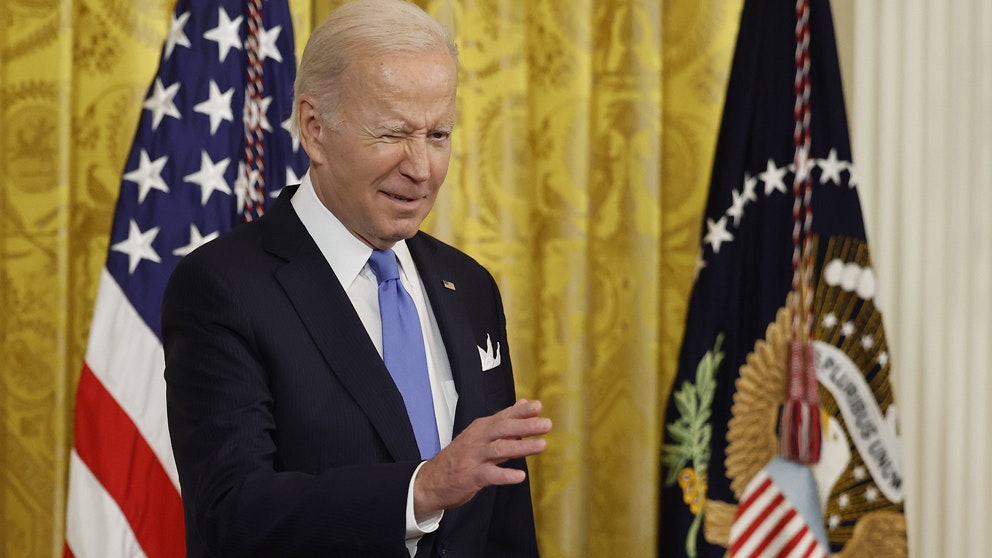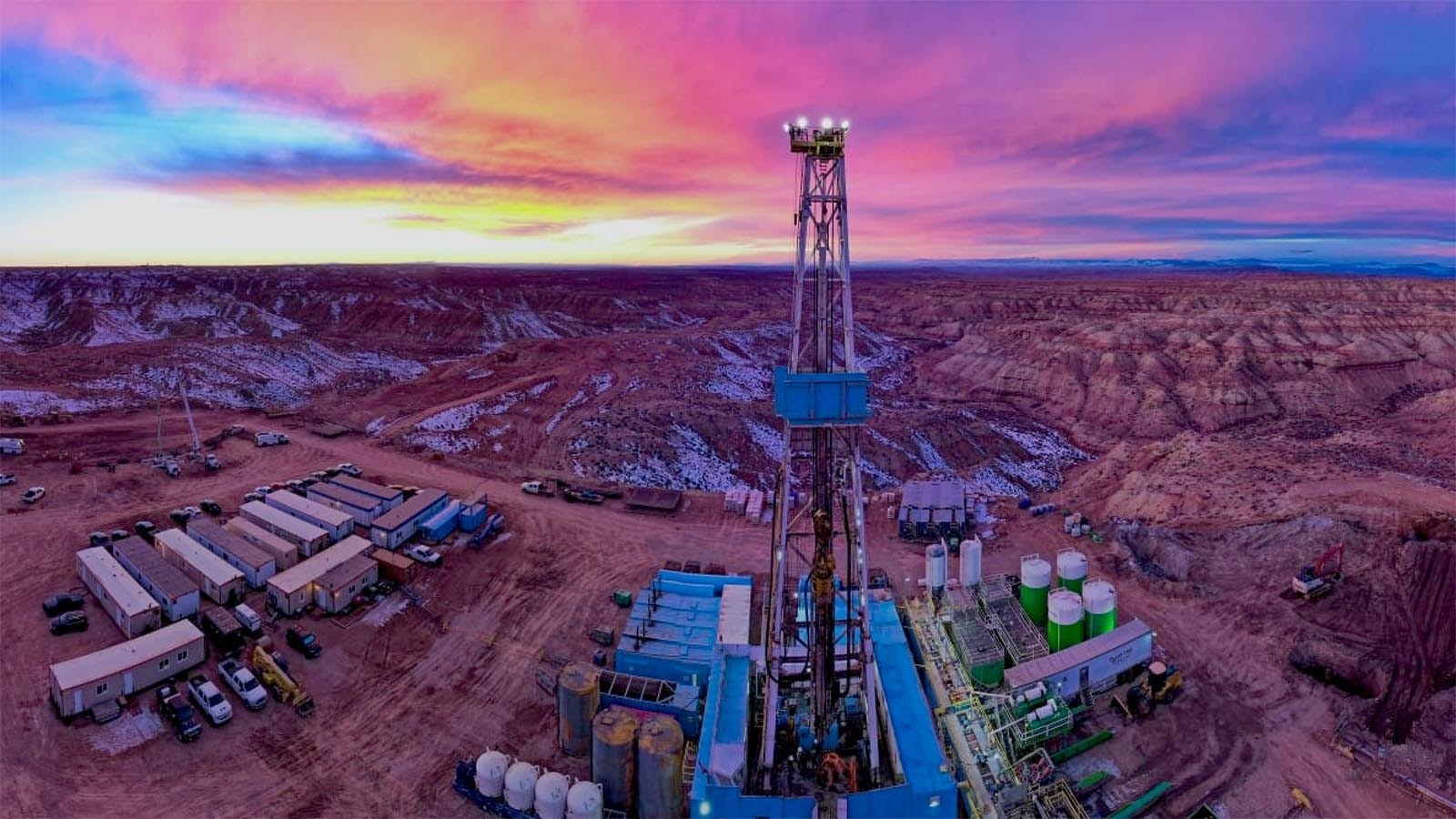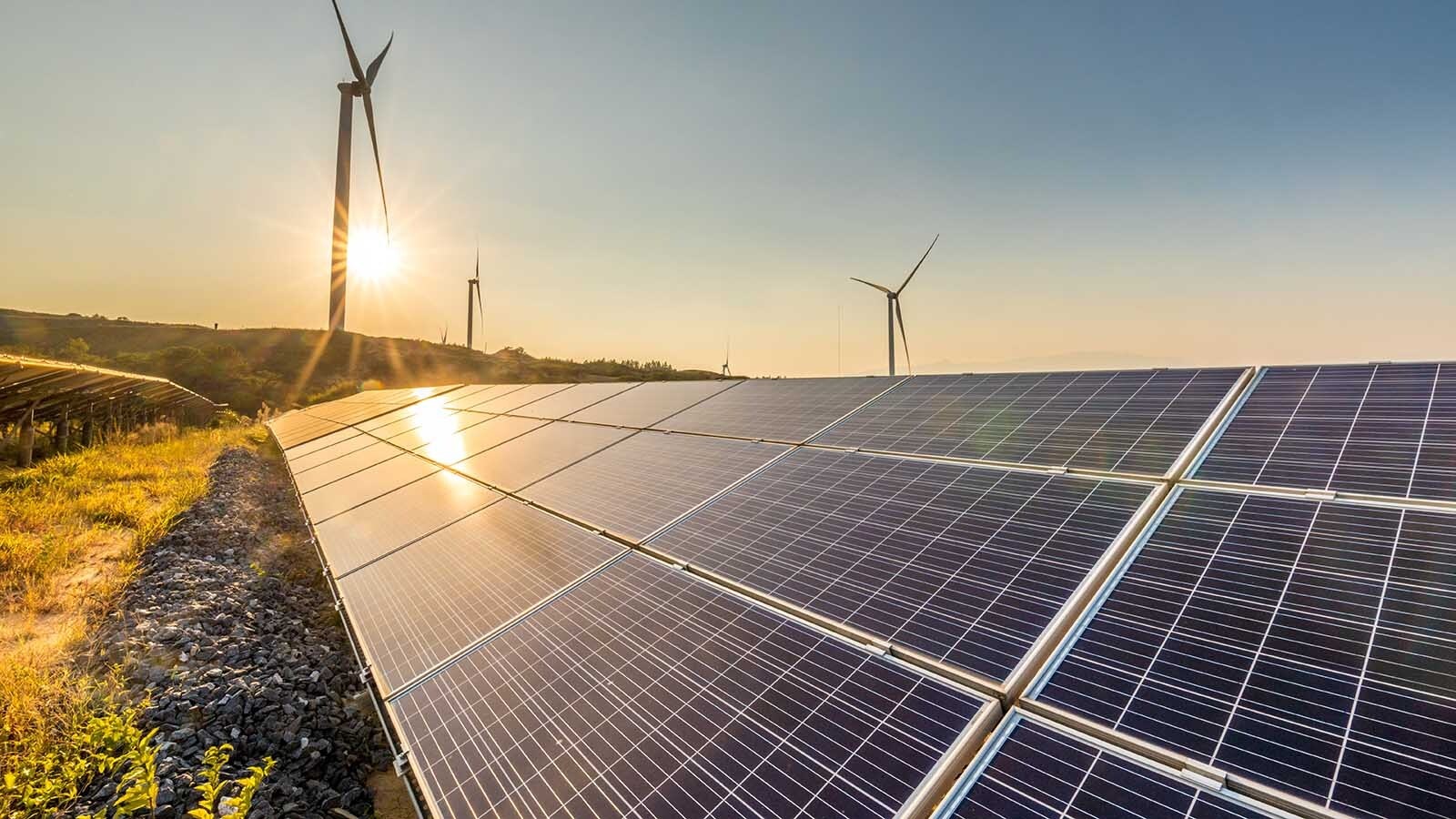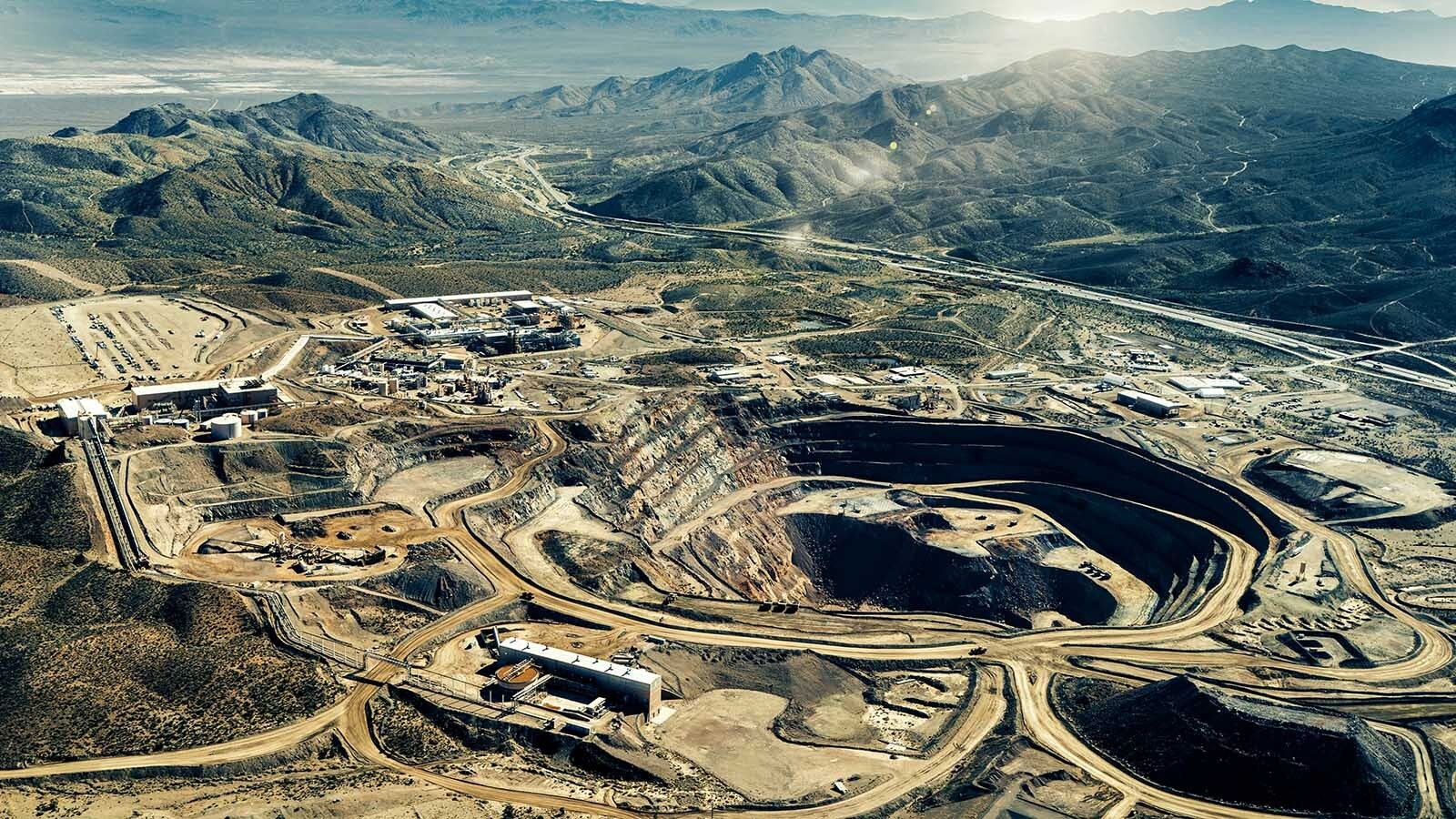President Joe Biden began dipping into the Strategic Petroleum Reserve last year to curb historically inflated gasoline prices.
Now that gas prices are no longer historically high, the U.S. reserve is at historic lows.
That’s the result of the president playing politics, critics say.
“The intent was to use SPR as a tool of energy security and not political expediency to save consumers a few cents on a gallon of gas,” said Rob Wallace, former staff director for the U.S. Senate Energy and Natural Resources Committee and Assistant Secretary for Fish and Wildlife and Parks at the U.S. Department of the Interior.
Energy Security
The U.S. government began discussing the need for an oil reserve in World War II when supplies of oil were key to the Allies’ success against the Axis powers.
During the 1973 Arab Oil Embargo, the U.S. imported one-third of its oil. The disruption the embargo caused brought to the forefront the enormous leverage the Middle East had over legislation signed by President Gerald Ford to create the strategic reserve of oil. The first delivery of 412,000 barrels came July 21, 1977.
The total amount of petroleum in the reserve peaked out at 726.5 million barrels in May 2011, according to the federal Energy Information Administration.
When Biden took office, the reserve held about 638 million barrels.
Drawdown
Biden began drawing from the reserve last November. Since March, Biden issued emergency orders authorizing the release of a combined 190 million barrels. Including exchanges and statutorily required sales, when the most recent authorized Biden releases are complete, will bring the total in reserve down to 360 million barrels, the lowest level since 1983.
That effort has contributed to declining gas prices. According to the Energy Information Administration, the average price of gasoline in the U.S. peaked out at just over $5 a gallon in June. This month it’s dropped to $3.82 per gallon.
More Releases?
Earlier this month, U.S. Energy Secretary Jennifer Granholm told Reuters that the administration wouldn’t rule out further releases from the reserve.
The SPR has been tapped for emergencies during the Persian Gulf War and again during Hurricane Katrina. If a national emergency were to impact oil supplies now, the U.S. would have only a few weeks in reserve to handle it.
Wallace said that even small disruptions can “create pretty complicated side effects.” This includes panic buying, and the SPR can help ease those disruptions and stabilize America’s delicate energy ecosystem.
“That’s when you really get in trouble if people believe there’s going to be a shortage and everybody heads to the gas station to over-buy,” said Wallace.
The pandemic toilet paper shortage is a good illustration of how even the perception of shortages can lead to such behavior, he said.
Besides the energy insecurity low stockpiles creates, the reserve will eventually need to be replenished. Wallace said that ideally, this would be done during times of low energy prices, but that’s when there’s plenty of oil and people aren’t thinking about a crisis.
“It takes a lot of different political discipline to manage something like SPR, because it’s counterintuitive,” Wallace said.
Getting it back up to pre-Biden levels will not be cheap. Likewise, oil production is sluggish.
During his campaign, Biden pledged to greatly restrict oil production in the U.S. While market prices are high, domestic oil production is about 7% below the pre-pandemic peak of 13 million barrels per day.





